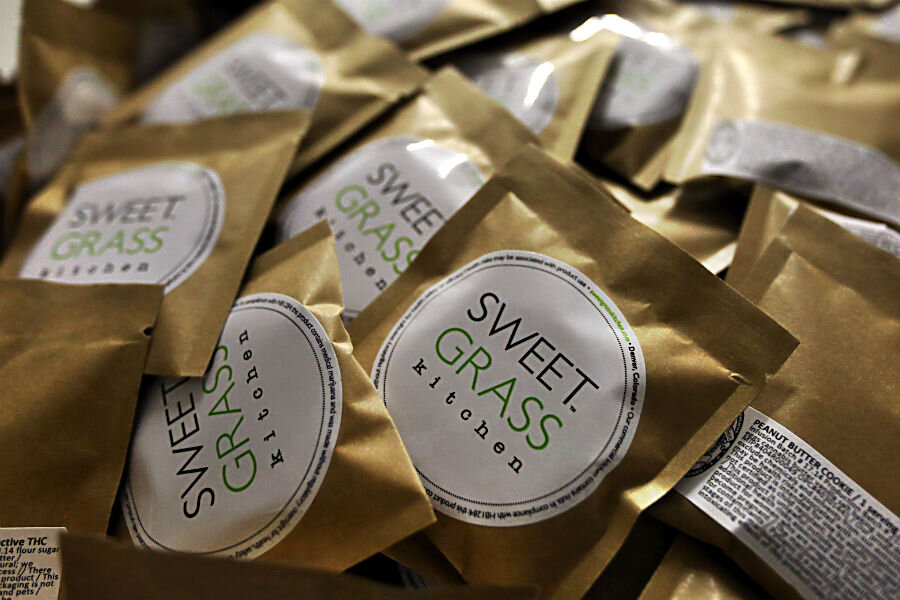In Colorado, a surge in hospitalizations of children exposed to cannabis
Loading...
After recreational marijuana was legalized in Colorado, there was an increase in hospitalizations and poison control center visits for kids who'd been accidentally exposed to the drug, researchers say.
Recreational marijuana became available in Colorado in 2014, and three other states now allow recreational use, the study authors point out in JAMA Pediatrics.
Officials had hoped that the child resistant packaging requirements that were part of the recreational marijuana law "might blunt any potential increase" in accidental exposures in children, but the increase was more dramatic than expected, said senior author Dr. Genie Roosevelt of the Denver Health and Hospital Authority.
"These unintentional exposures and health care visits are preventable," she told Reuters Health by email.
Data from a children's hospital and a regional poison control center showed that between 2009 and 2015, 62 kids under age 10 were evaluated at the hospital and 163 calls were made to the poison control center related to recreational marijuana. Half the kids were under age three.
For every 100,000 children in the state, marijuana related hospital visits rose from about one to two over time. There were nine pediatric exposures reported at the poison control center in 2009 and 47 in 2015. Half of known exposures involved an edible product.
That's a faster increase than was happening in the rest of the U.S., the authors write.
Most of the time, the marijuana came from family or friends.
Half of kids stayed in the hospital less than 11 hours, and tended to have symptoms like drowsiness, agitation and vomiting, though four kids also experienced breathing difficulty known as respiratory depression.
"Marijuana exposures in young children have resulted in respiratory compromise requiring the use of a ventilator and intensive care unit admission in a handful of cases," Roosevelt said.
Though no one under 21 can buy, possess or use recreational marijuana in Colorado, edible products that look like regular baked goods or candy may attract young children, she said.
"Making these products less attractive may be effective in reducing ingestions in young children," she said.
Colorado just passed a bill, effective July 1st, prohibiting edible marijuana products that might be enticing to a child, she added.
"Whenever there's a new drug introduced into the market, there are increased hospitalizations associated with it from unintentional exposures in kids," said Dr. Andrew A. Monte at the University of Colorado Denver-Anschutz Medical Center, who was not part of the new study but works with many of the authors.
The Christian Science Monitor notes that there are concerns too that children and teens are increasingly seeing marijuana as a “safe” drug. And some worry that legalization of the drug in other states will encourage that perception.
As Jon Mattleman, a mental health counselor and youth worker for the town of Needham, Mass. told The Christian Science Monitor in January 2014, “The word ‘legal’ does not mean ‘not harmful,’ and that should be every parent’s mantra when talking about it. It’s really important to try to separate those two words.”
The overall number of cases in Colorado is still small, but these exposures should really never happen, he told Reuters Health by phone. And the results of this study may not reflect some changes made to child-resistant packaging in 2015, he added.
"Ten percent of the population in Colorado uses marijuana daily, and only about 30 percent of those people regularly use edible products, which is a pretty small percentage overall yet accounts for 50 percent or more of pediatric exposures," Monte said.
Edible products can be useful in some medical applications, but recreationally, it's not necessary to have marijuana products that "look like KitKat bars," especially when a single serving may be one tenth of a cookie as most edibles are very potent, he said.
In the meantime, as with any other household chemicals, recreational pot in the home should be kept out of reach of kids and protected with child locks, he said.







